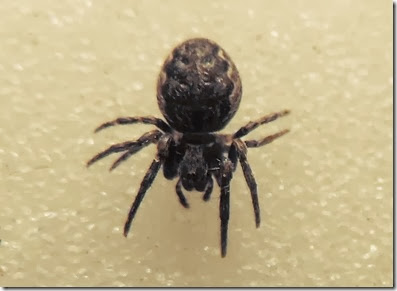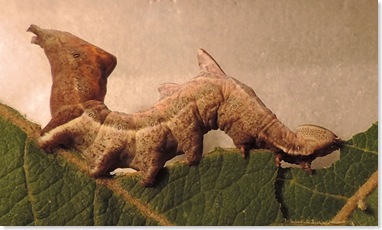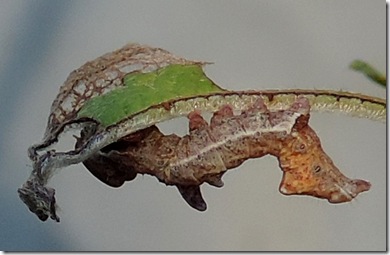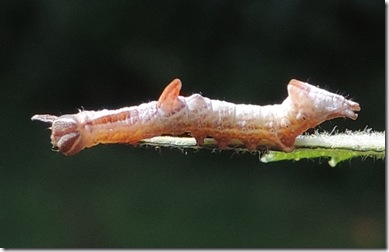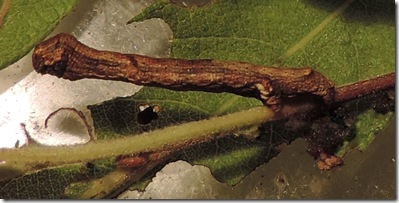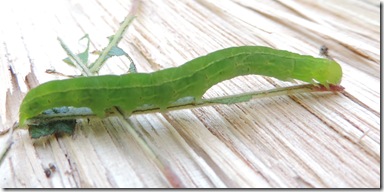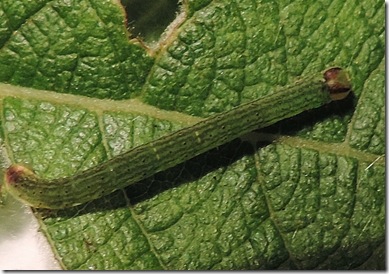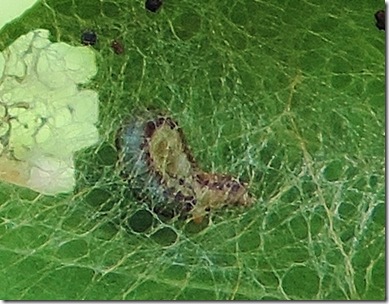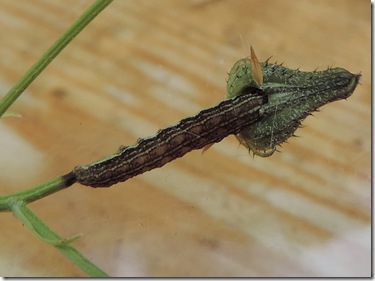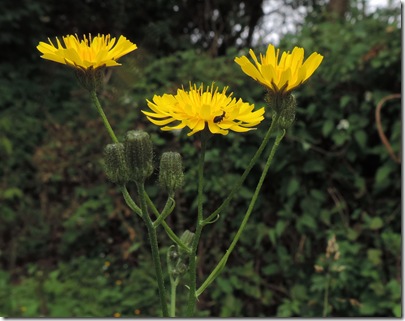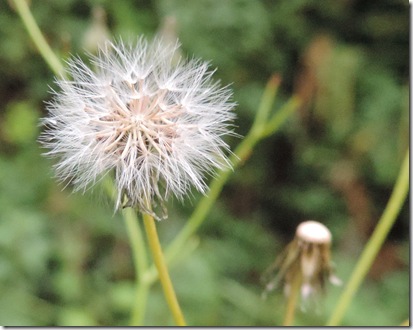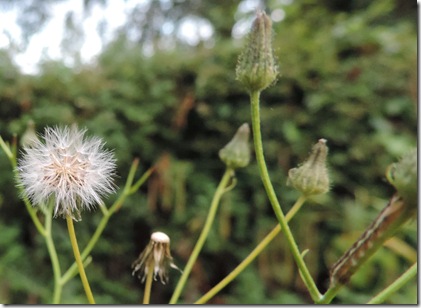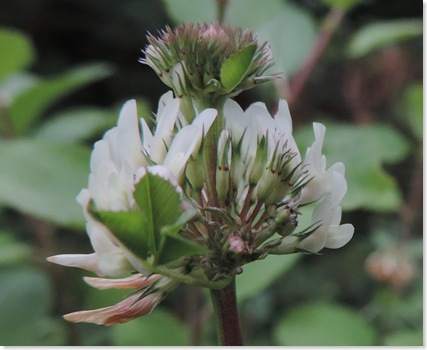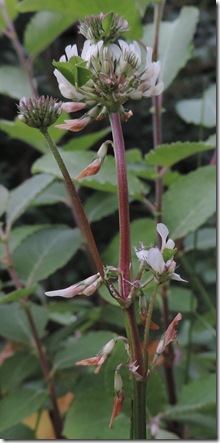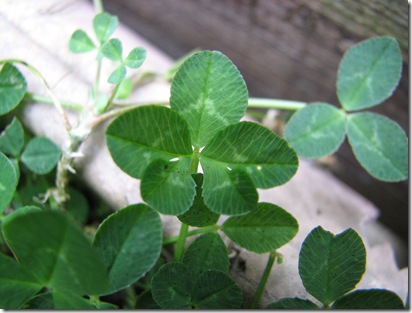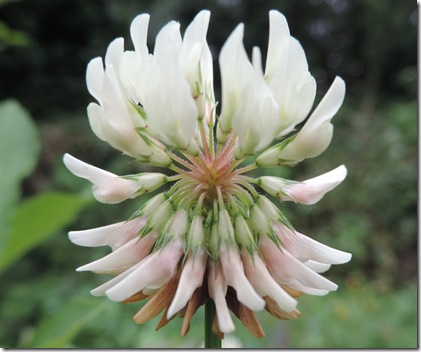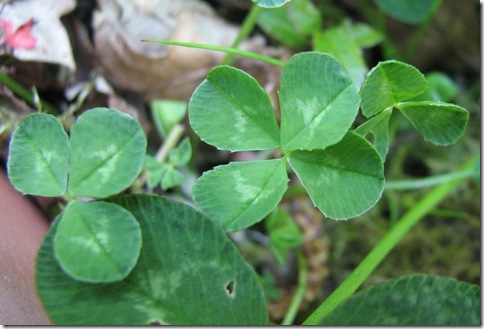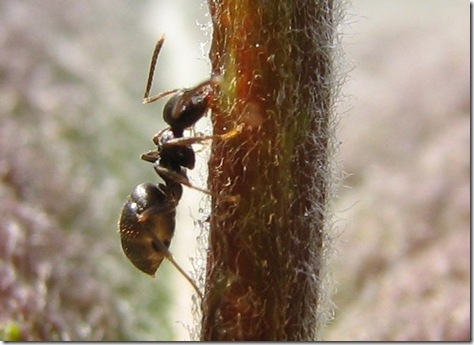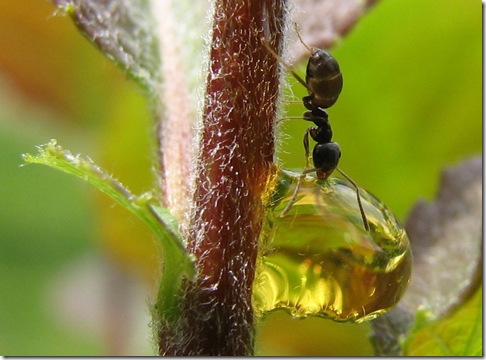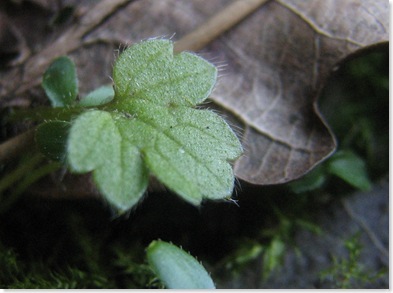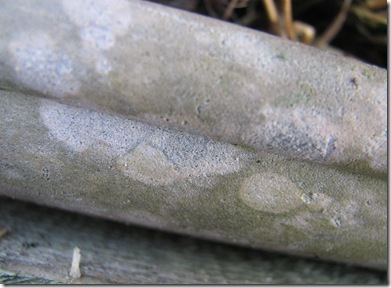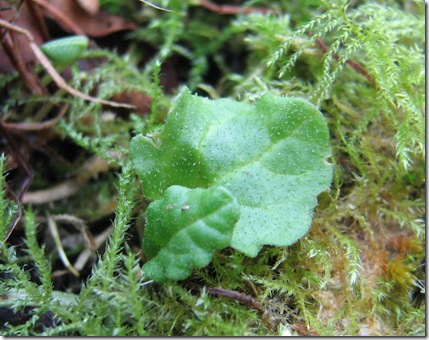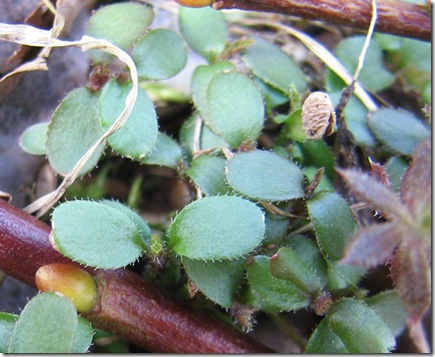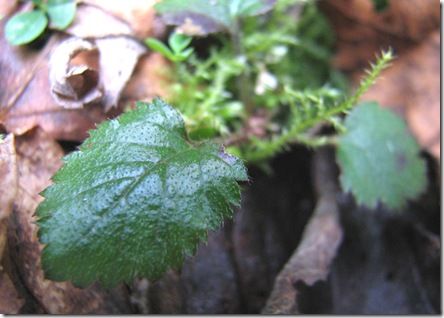I was studying the window box yesterday evening and noticed a small bump on the top of the sallow log.
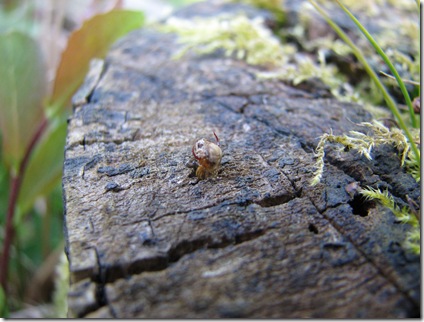
I thought this might be a deposit left by a passing bird but, on closer inspection it seemed to be the head of an insect.

The creature continued to grow like toothpaste extruding from a tube. At first I thought it might be a moth.
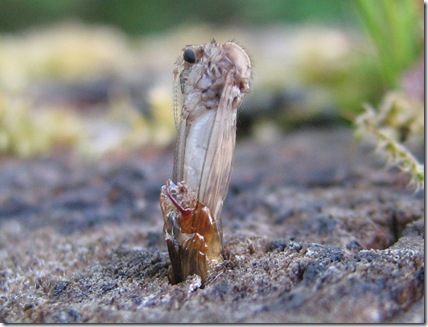
Having reached its full extent, it tilted backwards and pulled its long legs out indicating that it was a small cranefly (Limoniidae).
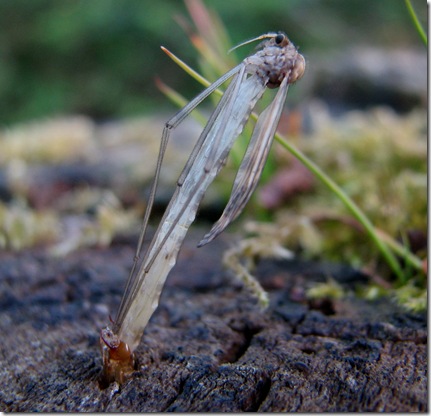
Once its legs were free it removed its rear end from the pupal exuvia and strode delicately across the top of the log .

It proceeded down the side and turned round and hung by its legs to continue the metamorphosis.
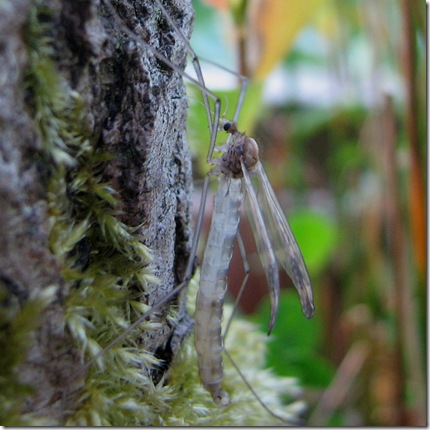
When the wings had expanded, the fly could be identified as Epiphragma ocellare, a quite common woodland species known to spend its early stages feeding in various kinds of dead wood.
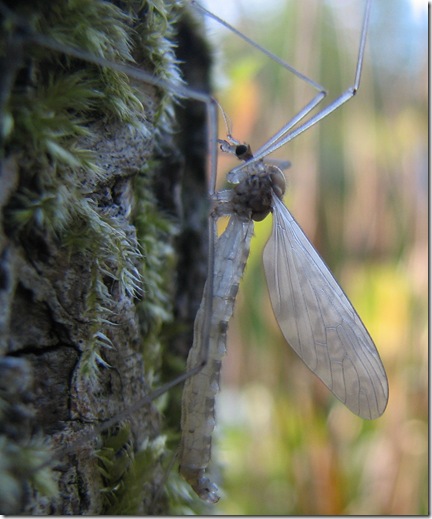
I took one last picture as the light faded. The insect was still not fully developed but he had folded his wings into their normal resting position and was beautifully camouflaged against the mossy bark.
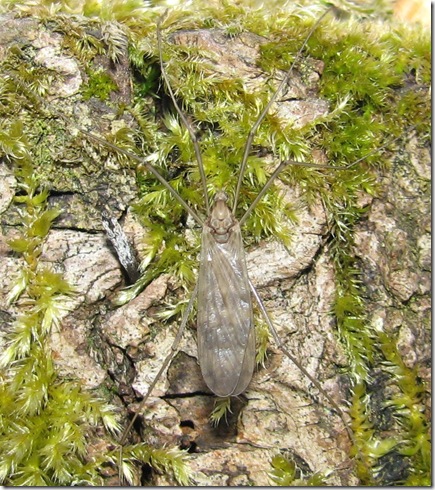
This morning he had, of course, gone and I wish him well. As always when witnessing something like this I remain astonished at the complexity of insect metamorphosis and the way in which it proceeds with such unerring precision.
